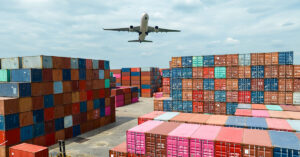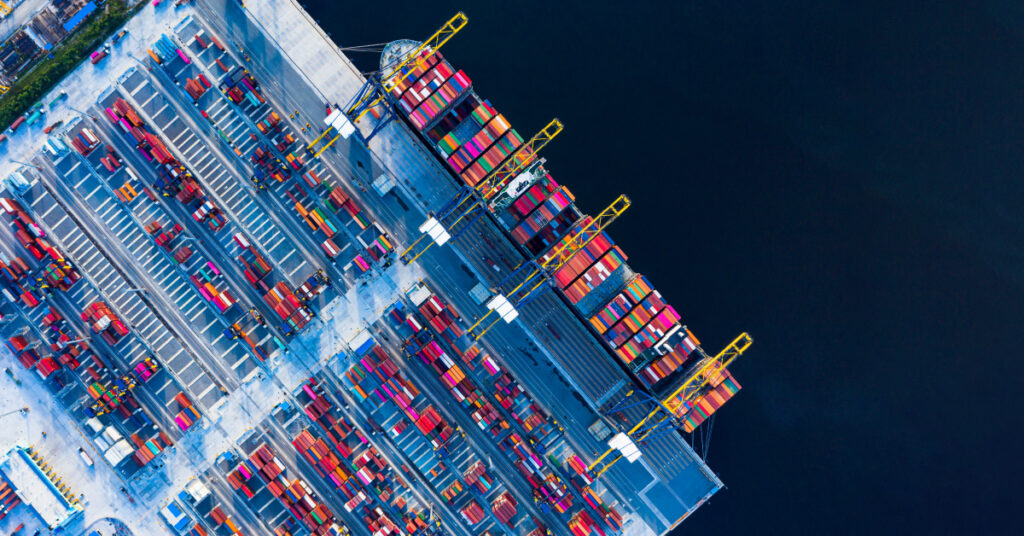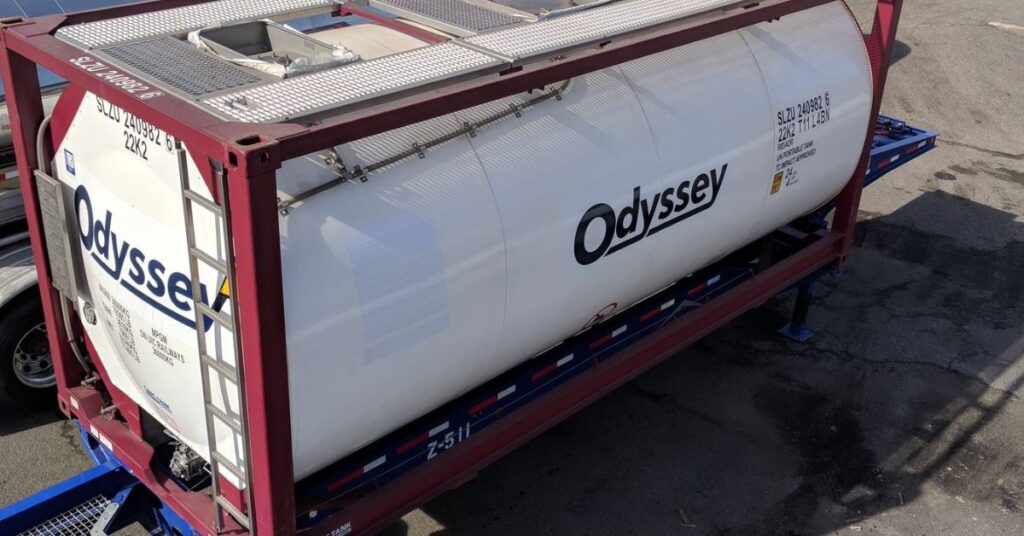Here’s the latest on the novel coronavirus outbreak in China, tips on how to protect yourself, and a look at how the virus could impact the world’s supply chains.
As more companies shut down their operations in China; airlines halt flights in and out of the country; and individuals protect themselves from the novel coronavirus outbreak, the ripple effects are already being felt across global supply chains. As the U.S.’ third-largest trading partner (after Mexico and Canada)—with $516 billion in goods traded annually between the two countries—China and its citizens represent an important link in the world’s supply chains.
Since the first case of novel coronavirus was detected in Wuhan in December, the outbreak has killed at least 305 people and infected more than 14,300 globally, according to CNN. Confirmed in more than 25 countries and territories, the virus prompted countries to evacuate their citizens from the infection zone and/or impose travel bans and restrictions on mainland China.
What is Human Coronavirus?
A unique pairing of virus that are generally spread between different species of animals, according to the CDC, this coronavirus’ origins are similar to both MERS-CoV (Middle East Respiratory Syndrome) and SARS-CoV (Severe Acute Respiratory Syndrome).
Like the other coronaviruses, this new strain originated with animals. Many of the infected individuals either worked or frequently shopped in the Huanan seafood wholesale market in the center of the Chinese city, which also sold live and newly slaughtered animals, The Guardian reports, noting that new and troubling viruses typically originate in animal hosts.
The CDC reports that novel coronavirus is spread by air when coughing or sneezing; wiping the eyes or nose after touching a contaminated surface; and after direct contact with someone who has the virus. There are currently no vaccines to combat the coronavirus, but there are steps you can take to protect yourself. The CDC recommends frequently hand washing for at least 20 seconds (with either soap or alcohol-based sanitizers); avoiding contact with eyes, nose, and mouth with unwashed hands; and avoiding contact with at-risk individuals.
“When an infected person coughs or sneezes, they release droplets of saliva or mucus. These droplets can fall on people in the vicinity and can be either directly inhaled or picked up on the hands then transferred when someone touches their face, causing infection,” The Guardian reports. “For flu, some hospital guidelines define exposure as being within six feet of an infected person who sneezes or coughs for 10 minutes or longer.”
Measuring the Impacts
The novel coronavirus emerged right before China’s busiest travel season, with over 600 million people traveling home to celebrate the Lunar New Year, it is one of the country’s biggest public holidays. On any given year, industrial production in January and February dips by 20% in China, with workers taking varied amounts of time off.
“Manufacturers already gripe about the effect of the Lunar New Year holiday, which falls in January or February, on their business as Chinese factories shutter,” WSJ’s Mike Bird writes. “But the public health response to the virus this year effectively means extending the holiday. China’s industrial output could be running at a similarly low level for a much longer period.”
With the goal of doubling down on efforts to contain the novel coronavirus outbreak by restricting public movement and large gatherings, China’s State Council postponed the end of the Lunar New Year to February 9th for the majority of the country, according to China Briefing. Various businesses have directed employees to work from home (if they show signs of feeling unwell); are returning from cities that are subject to transport restrictions or lockdowns; or if they’ve interacted with individuals who traveled from affected areas.
Exactly what kind of hit China’s economy will take from the outbreak and the extended Lunar New Year has yet to be measured. The country hasn’t come to a complete standstill — the Shanghai Stock Exchange is reopening on February 3rd and grocery stores and food delivery services are still up and running, even in areas under lockdown, CNN Business points out, noting that one analyst said it could “knock a modest 0.3 percentage points off China’s first quarter growth.”
Fewer Transport Options
In Supply chains plan for coronavirus disruption, Matt Leonard highlights some of the supply chain impacts already being felt throughout the world. “We do have some suppliers in the Wuhan area,” Apple CEO Tim Cook said in an earnings call. “All of the suppliers there are alternate sources and we’re obviously working on mitigation plans to make up any expected production loss … With respect to supply sources that are outside the Wuhan area, the impact is less clear at this time.”
Shippers looking to transport products out of mainland China will see a reduction in airfreight capacity as Cathay Pacific, a major passenger and cargo airline for the region, cut its capacity by at least 50% through March, Leonard reports. “The computer and electrical equipment industry and the machinery industry could take the biggest hits.”
On February 2nd, the U.S. implemented stringent travel restrictions in an effort to contain the novel coronavirus outbreak. The plan includes temporarily denying entry to foreign nationals who visited China in the 14 days prior to their arrival in the U.S., CNN reports.
Maritime Precautions
On January 24, the U.S. Coast Guard released Maritime Safety Information Bulletin (MSIB) 01-20, “Novel Coronavirus Precautions.” Vessel owners, operators, and local stakeholders are advised to review this maritime specific guidance, which includes (but isn’t limited to) review of all “Notice of Arrivals” in accordance with current policies; reporting of sick/deceased crew or passengers on vessels destined for a U.S. port (during 15 days prior to arrival at the port); and regular advisory updates based on new developments that may impact mariners or maritime commerce.
One shipping line is doing its part to keep the global supply chain in motion. “We believe that Hong Kong and Taiwan will resume business on or around February 3,” Global Container Line, Inc., said in a recent correspondence for its business partners and customers. “Carriers are announcing blank sailings for Week Seven and Week Eight due to anticipated delays in production; the port of Wuhan has been closed indefinitely.”
Expressing its grave concerns over the deaths and those impacted by the outbreak, Global Container Line said it has a business continuity plan in place to limit the impact on shippers. “We have been working with our partners in China, Taiwan, and Hong Kong to ensure staff have remote access to daily activities,” the company stated. “We will continue to operate remotely to keep shipments moving where possible.”
Odyssey Logistics will continue to keep you updated on the novel coronavirus and its potential impacts on supply chain logistics operations both in China and around the globe. If any direct customer shipments are impacted, we will be reaching out directly.








